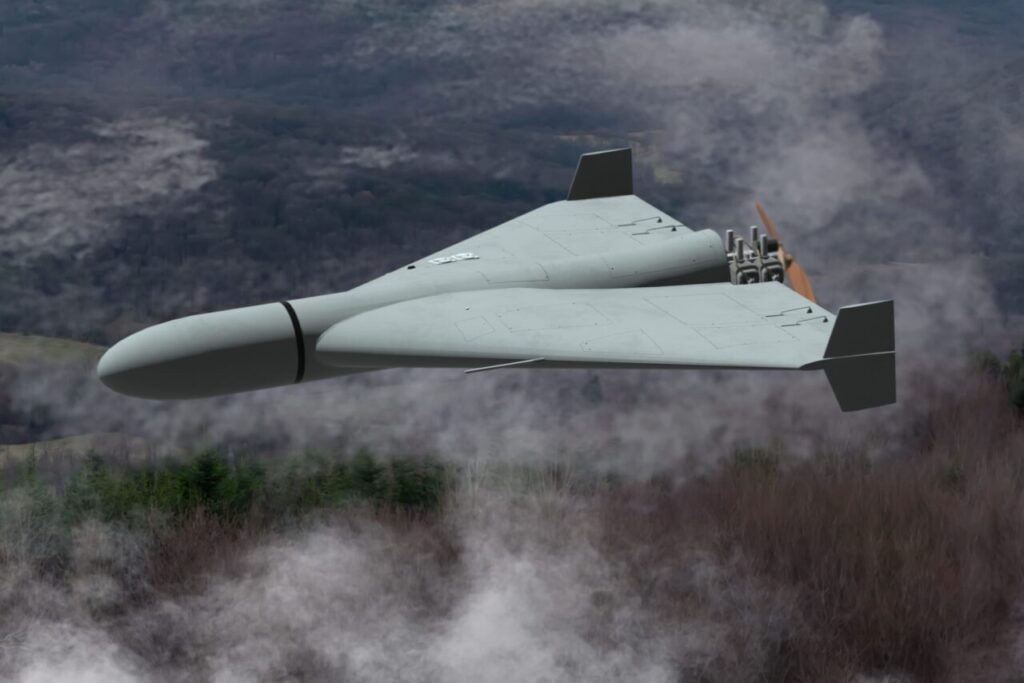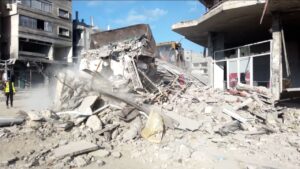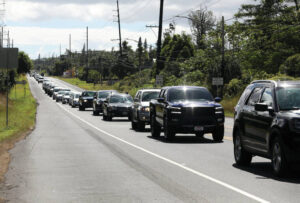
European nations are grappling with an escalating threat from suspected Russian drones that have disrupted air traffic and heightened security concerns across the continent. Incidents involving unidentified drones near critical infrastructure and military sites have prompted swift responses from national governments. These developments coincided with a significant conference in Denmark, where European leaders convened to discuss security matters.
In Denmark, the military mobilized hundreds of reservists to ensure the safety of the conference, as Prime Minister Mette Frederiksen expressed alarm over the increasing drone activity. “We meet at a time when Russia has intensified their attacks in Ukraine, where we have seen Russian airspace violations and unwanted drone activity in several European countries,” she stated. The Prime Minister emphasized that these actions pose serious threats and are testing the resolve of European nations.
Unidentified drones were also reported in Germany, where they flew over various sensitive sites, including the Thyssenkrupp naval shipyard in Kiel and the Heide refinery, which supplies fuel to Hamburg Airport. German authorities noted that the drones appeared to be operating in a coordinated manner, potentially mapping the terrain for strategic purposes.
French Military Intercepts Suspicious Tanker
In a related incident, the French Navy intercepted the tanker Pushpa (also known as Boracay) off the coast of Saint-Nazaire. The tanker is suspected to be part of Russia’s ghost fleet, a collection of vessels sailing under various flags to evade international sanctions. French intelligence had been tracking the ship for several days before the boarding took place. The crew’s refusal to comply with safety regulations, including the disabling of the vessel’s Automatic Identification System (AIS), raised suspicions.
During a European summit in Copenhagen, French President Emmanuel Macron defended the actions taken against the tanker but did not directly link it to the drone incidents affecting Denmark and Germany. Notably, the Pushpa had been sailing through Danish waters on September 22, the same day that drones disrupted airspace in the region.
Escalating Incidents Across Europe
The series of drone incidents began on September 10, when 19 Russian drones violated Polish airspace, prompting a NATO response with fighter jets and air defense missiles. Subsequent violations occurred, including a drone entering Romanian airspace on September 13 and three Russian MiG-31 fighter jets breaching Estonian airspace on September 19. These incursions have forced NATO to deploy advanced aircraft, including F-35 Lightning II jets, in response.
By September 22, multiple drones had entered Danish, Norwegian, and German airspace, resulting in airport closures and disruptions to air traffic. These incidents have underscored the need for heightened vigilance and cooperation among European nations as they navigate the challenges posed by Russian drone operations.
As the situation evolves, European countries are reassessing their security measures and military readiness in light of the new aerial threat. The implications of these drone activities extend beyond immediate safety concerns, potentially affecting international relations and military strategies across the region.
The rising fear of Russian drones reflects broader tensions in Europe, necessitating a unified response to safeguard national security and maintain stability within the European Union.







